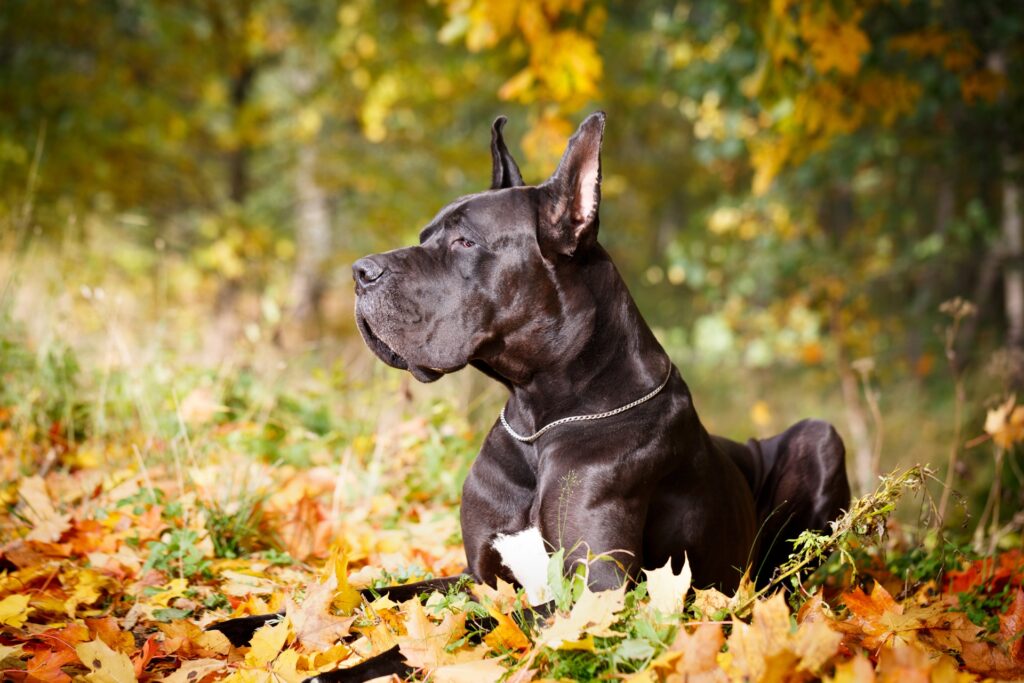No one wants to hear their dog has a tumour, but not all hope is lost. Like people, dogs can get a variety of types of tumours and some of them aren’t fatal or are at least treatable when caught early enough. Dog tumours can be cancerous though, and when spotted you should absolutely take your pet to the vet to get them checked out.
Below, we break down the 3 main types of tumours your dog can get and how they can be treated.
Mast Cell Dog Tumours
These are some of the most common kinds of tumours to form on dogs. They often grow quickly and tend to be very itchy for your pet. This is because these tumours are filled with histamine which is one of the substances associated with itchiness from allergies.
The most common breeds that tend to be more susceptible to these kinds of tumours are Boxers, Pugs, French Bulldogs, and other short-faced dogs. Chinese Shar-Peis can also get mast cell tumours and these tumours are often more aggressive than in other breeds so it’s important to treat them as soon as possible.
Typically a sample is taken first, and once it’s determined that the tumour is a mast cell tumour, it’s surgically removed.

Treating Osteosarcoma Dog Tumours
Unfortunately, it’s not just small dogs that can get tumours, large dog breeds like Great Danes and others can too. For large dogs, this often comes in the form of osteosarcoma which is a type of bone cancer.
Caught early or in a location that can be treated, the affected bone can be removed and grafted. However, in more severe cases, amputation and chemotherapy may be the only option.
Histiocytoma Tumours
Finally, histiocytoma can develop in younger dogs through the immune system. Typically, the breeds that are most affected by this kind of tumour include English Bulldogs, Scottish Terriers, Greyhounds, Boxers, Boston Terriers, and Chinese Shar-Peis.
However, unlike the other tumours on this list, these ones are usually benign and don’t spread to other parts of the body. They’re usually less than an inch, and are red, raised, and hairless. Depending on their location, they may not even need to be removed if they don’t irritate your pet.
Overall, if you think your dog has a tumour, or you notice a suspicious lump when petting them, take them to the vet so they can be properly diagnosed and treated.
